
[BTC Daily Transaction Fees, credit Into The Cryptoverse]
May 7th, 2023 marked the first time since 2017 that a Bitcoin block contained transaction fees that were higher than the base 6.25 BTC block reward. Despite the overall bearish market sentiment, the development of “Ordinals” and the nascent BRC-20 standard helped to spur a massive surge in Bitcoin block space activity, prompting heated debate from all sides of the community.
What are these new technologies and do they have a role to play in the future? Does DeFi on Bitcoin make sense or is this simply another passing fad? Will the market ever bail me out from my ill-advised BRC-20 memecoin plays? Come along with us, friends, as we peel back the curtain on the often-overlooked world of Bitcoin DeFi.
Ordinal Theory & the BRC-20 Standard
In the universe of Bitcoin, the “satoshi” might as well be an atom. With 100,000,000 of them in each full Bitcoin, they are the super-pennies to each BTC. And before January of 2023, that’s basically all that they were - money. Ordinal Theory was first introduced by Bitcoin researcher Casey Rodarmor, who defined how the humble satoshi could be modified in order to embed new data onto the Bitcoin blockchain.
The term “Ordinals” is a reference to the ordering of each satoshi as it was mined. Since there is a verifiable order to these units, everyone can agree that satoshi 2099994106992659 was mined after satoshi 2099994106992658. Following the SegWit and Taproot upgrades to the Bitcoin network, satoshis could now be inscripted with new data - which (unintentionally) opened the metaphorical floodgates to new Bitcoin primitives.
This inscribed data can be thought of as similar to an NFT, where the data’s uniqueness can be independently verified on-chain. Some may even go further, arguing that Ordinals are more legitimate than Ethereum NFTs, because Ethereum NFTs generally point to off-chain data (such as images hosted on a web server, instead of data directly inscribed on the blockchain).
The BRC-20 standard was developed in March of 2023 and was intended to bring fungible tokens (similar in concept to Ethereum’s ERC-20s) to Bitcoin by leveraging this new Ordinal technology. And just like that, the Bitcoin meme coin frenzy began. To begin our dive into Bitcoin DeFi, let’s take a look at today’s dominant solution - sidechains.
Bitcoin sidechains - the ubiquitous solution for Bitcoin DeFi
Bitcoin was by design intended for single use and is therefore difficult to build on top of. This is where sidechains can help. Sidechains aim to improve the utility and the user experience of the main/parent chain - in this case, the Bitcoin mainnet. By using sidechains, BTC holders can trade, lend, and borrow their bitcoin, freeing up the capital efficiency of their coins, all without using any trusted third party.
They do this by establishing a “two-way peg,” which can be equated to a bridge, where BTC is locked on the mainnet and a corresponding amount of synthetic BTC is minted on the sidechain. The sidechain maintains its own consensus, which ensures the validity of the bridging mechanism. However, it is important to remember that since Bitcoin has no smart contract functionality, it has no standard for “locking” and therefore an off-chain process is relied upon for ensuring there is no foul play.
A common critique of Bitcoin from the ultra-sound-money folks is that the only Bitcoin use case is as a store of value (shout out to our friendly neighbourhood hodlers). Unlocking this roughly trillion-dollar market of idle capital is a worthwhile endeavor, so let’s take a look at the current market leaders (by TVL, according to DefiLlama). If we want to understand who benefits from a boom in Bitcoin development activity, this would be a good place to start our search.

DeFiChain - The Market-Leading BTC sidechain
DeFiChain, birthed in 2019, considered Ethereum to have unnecessarily complicated infrastructure for creating financial services. Instead, Defichain ventured to create their own smart contract sidechain, with Bitcoin as its base, adopting its non-Turing complete nature (i.e. limited smart contract abilities, but smaller attack surface). DeFiChain argues that because only predefined code is executable on their chain, it is definitionally more resistant to attacks than Turing-complete blockchains like Ethereum.
DeFiChain uses Proof-of-Stake (PoS), and today boasts the largest TVL of Bitcoin sidechains with about $218M locked in their native DEX and lending platforms, putting it at rank 14 on DeFiLlama.
Along with their wrapped BTC (dBTC), DeFiChain has found adoption in their tokenized assets, such as stocks, commodities, and stablecoins - all pegged using a network of oracles. It should be noted, however, that swap volume has been quite low - with about $2M in 24hr volume, which equates to roughly 1% of TVL. This is an order of magnitude lower than the standard volume/TVL on some of the well-known DEXs.
Despite being practically ancient in crypto terms (3 years old), the DeFiChain team keeps pushing updates, to include The Quantum Bridge (Ethereum bridge) and the Meta Chain, which will be EVM-compatible.
Rootstock - the OG EVM Bitcoin sidechain
A program that can trace its roots (no pun intended) to a period even earlier than DeFiChain is Rootstock. Rootstock was designed to be a Touring-complete smart contract platform on top of the Bitcoin network, using their pegged BTC (RBTC) as their native token. Rootstock uses a merged mining consensus, piggybacking on Bitcoin’s Proof-of-Work (PoW) network. Miners that are securing the Bitcoin network can also opt-in to secure Rootstock’s, all without sacrificing BTC block rewards. This is similar, in principle, to how EigenLayer is proposing to leverage restaking of Ethereum nodes to secure other PoS networks.
Rootstock is compatible with many Ethereum tools, dApps, and compilers, making it relatively simple for EVM developers to dip their toes into Bitcoin sidechains. Heck, you can even connect to Rootstock apps using Metamask.
Today, roughly 3,500 BTC are locked in Rootstocks Two-Way Peg (roughly $94M), where the most popular app allows for borrowing against the bridged BTC. The TVL chart for Rootstock seems to closely follow the price of BTC, showing that the recent euphoria has not drastically swayed conviction one way or another in the sidechain. And while the chain can flaunt more native dApps than DeFiChain, development has not been explosive, with only five apps pushing above $1M in locked value.
Stacks - fast-track to adopting BRC-20s
Launched in 2021, Stacks introduced a novel Proof-of-Transfer (PoX) consensus that leverages Bitcoin’s PoW as its anchor. In practice, Stacks miners send (transfer) BTC to Stacker addresses, with larger transactions having a better chance to receive protocol emissions. The BTC that is transferred is distributed as staking rewards to STX holders who opt to lock (or “stack”) their STX. Receiving BTC rewards from STX staking grabbed the attention of crypto users who had been critical of previous sidechains with native tokens, and the interest doesn’t end here.
Stacks has been making more waves recently due to their fast adoption of ordinals and BRC-20 tokens. Stacks’ leading DEX, ALEX (which accounts for over 90% of Stacks TVL), has already launched a Beta trading platform for BRC-20 tokens, which has helped to propel its TVL by 5x over its February figure. In addition, Gamma has launched an Ordinal marketplace, with markets for both Bitcoin and Stacks native Ordinals.
It’s worthwhile to note that Stacks experienced a major bug in April of 2023, where users were censored and malicious players absorbed a large majority of the BTC rewards. The issue is currently being worked on, and you can dive into the details in this Blockworks’ article.
ORC-20s & SRC-20s - the next iterations
With all of the success garnered by the BRC-20 standard, it has some shortcomings. Namely, there is no “token” created when a new BRC-20 launches, merely a suggestion of one. Additionally, BRC-20s:
- Can only have 4-digit names (“ordi”, “pepe”, etc.)
- Cannot change the max token supply nor max tokens per mint following token generation
- Have to be tracked using a specialized wallet or service, else token data could be overwritten quite easily

[Examples of deployment inscriptions for BRC-20 and ORC-20. From 100y for Four Pillars, recommend checking out their excellent articles on BRC-20s and ORC/SRC-20s]
ORC-20s implement some crucial upgrades to the BRC-20 standard, namely:
- Names for tokens that can exist separately from their ticker.
- Upgradeable token deployments (“ug” above), where settings can be tweaked to run tokenomic experiments.
- UTXO (spendable output) models: leveraging Bitcoin’s method of blocking double-spending. The BRC-20 standard does not outright stop double-spending, instead relying on wallets/apps to filter out these invalid transactions.
ORC-20s offer a marked improvement over BRC-20s, and you can track their adoption with this Dune dashboard.
While ORC-20 can be thought of as an improvement over the BRC-20 design, SRC-20s can be thought of as enhanced Ordinals. The SRC-20 standard leverages Bitcoin Stamps to create art on the blockchain, not just a link to a JPEG. By limiting the canvas to a 24x24 pixel, 8-color-depth PNG or GIF, art can live completely and immutably on the Bitcoin ledger.
Without getting too technical, basic Ordinals live in the witness data of the Bitcoin distributed ledger - occupying large swaths of data. This often leads nodes to limit how much of the witness data to include, since they aren’t required to retain all of this witness data. On the other hand, SRC-20s are stored in UTXOs (spendable outputs), meaning that they are required to be stored by every full node in the network.
The field of Bitcoin fungible token standards is rapidly evolving, but it has been exciting to watch DeFi innovation sprout on the OG blockchain.
Community Reception has been… mixed
As with anything in this industry, there have been a few loud opinions dominating the airwaves. They boil down to two camps:
- Anti-ordinals & Bitcoin altcoins: A subset of the crowd that shouts “Bitcoin, not crypto” and are vehemently against NFTs are vocally opposing these new standards. They argue that this network congestion harms Bitcoin’s fundamental use case as a store of value and basis of exchange. There have also been arguments that Ordinals increase the attack surface of the Bitcoin network from the Nation States, but that remains an open argument. Still others call for spam filters, or more drastically, a fork to be considered to keep the Bitcoin blockchain purely monetary.
2. Pro-ordinals & Bitcoin altcoins: The majority (it seems, according to this author) welcome further activity on the blockchain. Even if Bitcoiners don’t enjoy NFTs nor meme coins, further activity leads to a more secure network. We like how Glassnode’s lead on-chain analyst, Checkmate, puts it:
“From my view, any attempt to ban or censor these transactions is far more of an attack on Bitcoin than leaving them be. They are within consensus rules, and when a loud minority of individuals want to change the rules to stop something they don’t like, that is the real attack”
Regardless of your views, Bitcoin’s security problem has been looming over the protocol for years.
As years go on and Halvenings continue, miners will go on to receive smaller and smaller chunks of BTC for every successful block mined. And as the Bitcoin network matures, fee revenue will eventually have to replace mining rewards, but the data pre-Ordinals was a bit worrying. This newfound activity on the blockchain has brought hope that these “Bitcoin NFTs” and tokens could accidentally solve this issue.
And even if the Bitcoin network is clogged due to these shiny new objects, this just bolsters the market fit for Layer 2 payment networks like Lightning, which continues to see steady increases in adoption.

[Lightning TVL in Bitcoin, from DeFiLlama]
Ordinals: The Future, or a Passing Trend?
With the initial hype dying down, we are seeing the Ordinal community come back to earth.

[from @dataalways on Dune]
Infrastructure is now beginning to take root, including:
- [Best in Slot] - a BRC-20 aggregator
- ordinals.market - a leading Ordinals marketplace
- UniSat wallet - an open-source Ordinal/BRC-20 wallet extension
For now, Ordinals and BRC-20s offer few use cases outside of speculation, but isn’t that to be expected? After all, Ethereum NFTs started off as overpriced monkey JPEGs, and now my Uniswap v3 positions are represented by NFTs - the full depth and breadth of ingenuity take time to develop. So, even as the initial hype fades, the question will be if further Bitcoin development will lead to new and novel use cases for these budding technologies. And if they can, we’re excited to watch them mature.
The hype cycle can come in waves, so we will be keeping a close eye on innovation happening in the world of Bitcoin DeFi. It’s encouraging to see Stacks pounce at the opportunities they see coming and, assuming they can handle their current issues, we see them as potential beneficiaries of a Bitcoin NFT/token Cambrian explosion. Regardless, remember that block space being valuable is a good thing for the health and longevity of the Bitcoin network. Because if Bitcoin is unhealthy… well, there goes my retirement plan.




.webp)





























%202.webp)


.webp)

.webp)
.webp)
.webp)



.webp)












%20the%20Next%20Big%20Unlock%20in%20AI.webp)























































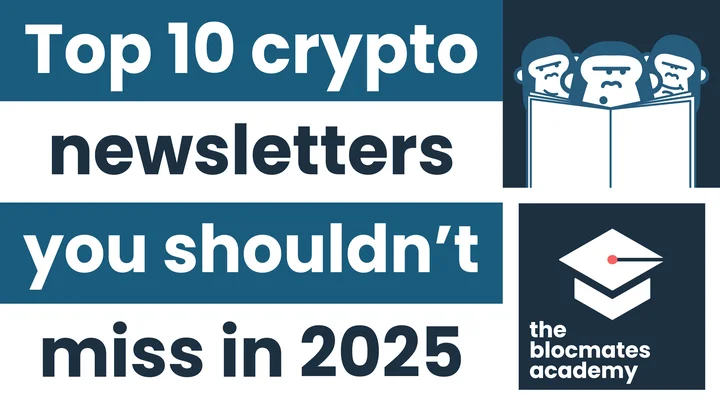










.webp)


.webp)









.webp)







.webp)




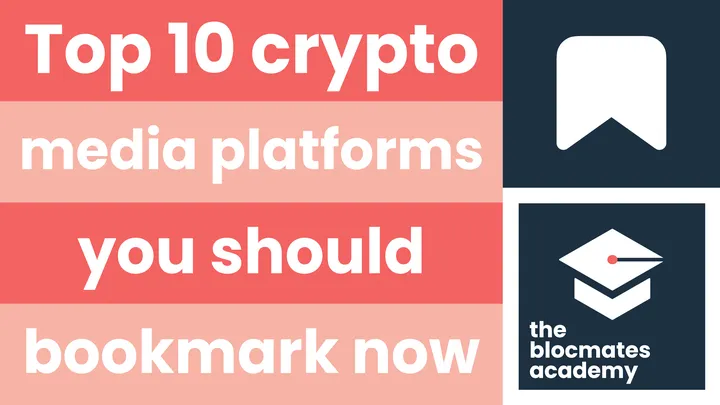











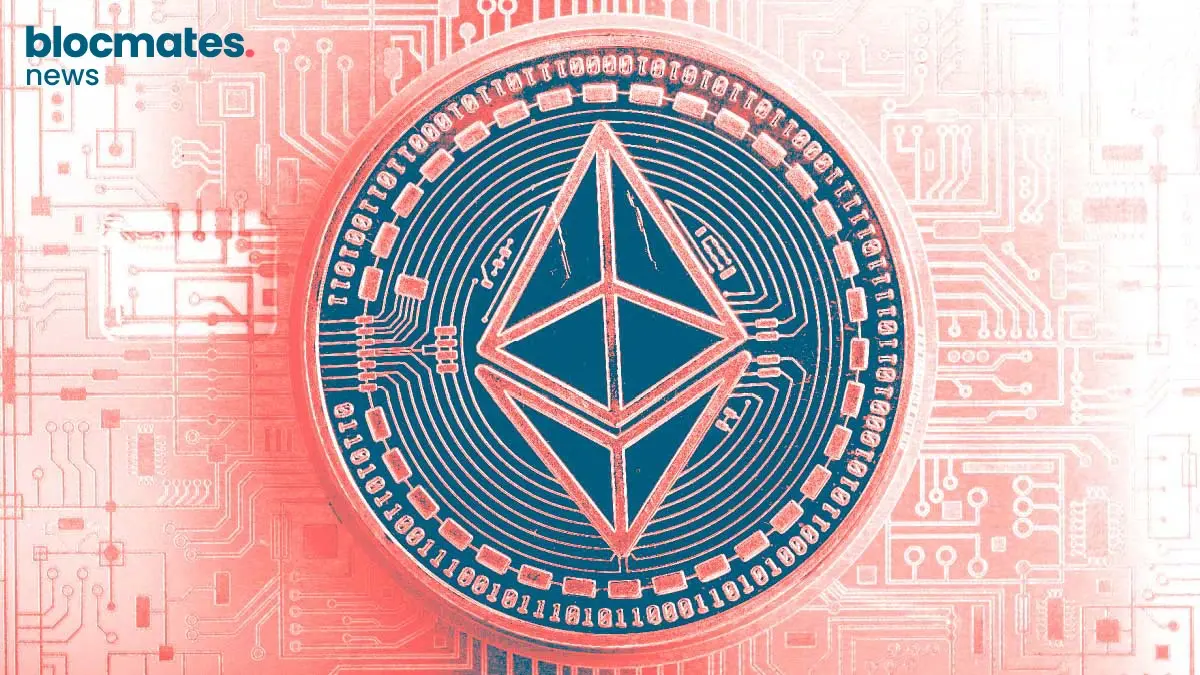
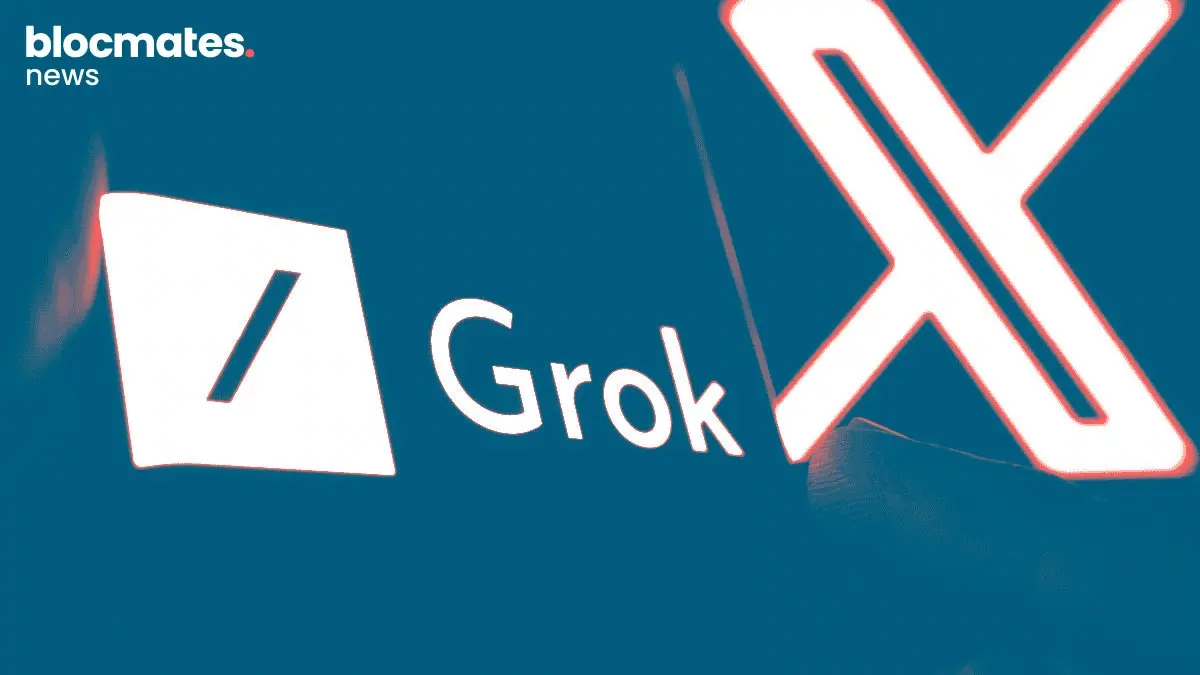

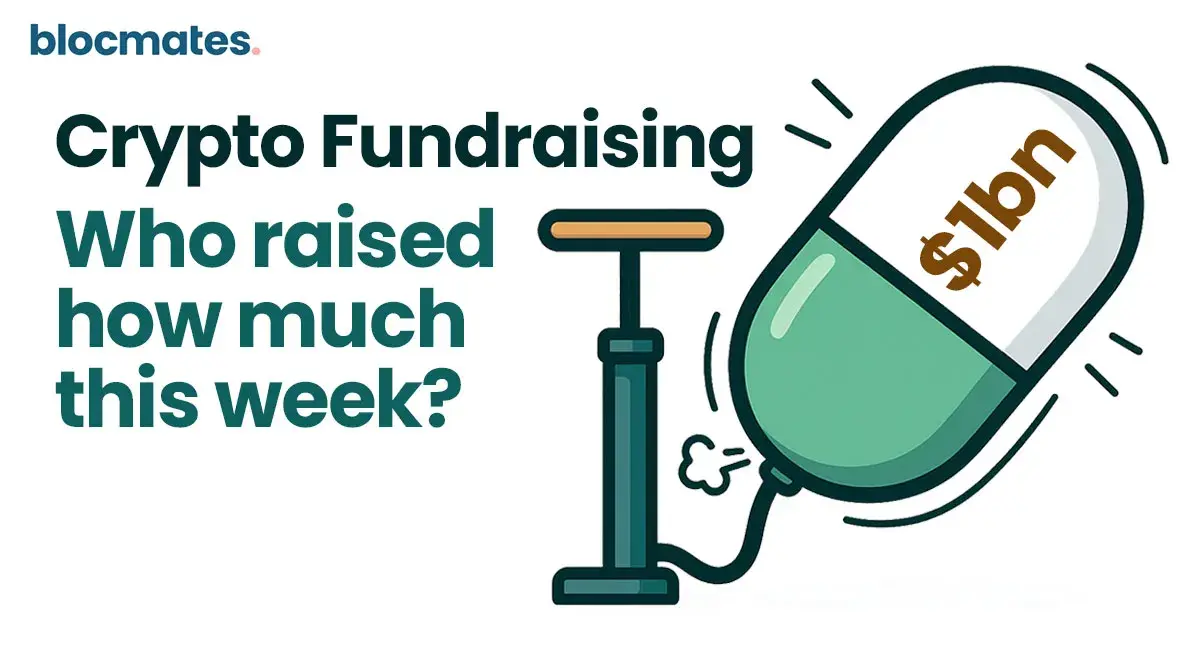
.webp)
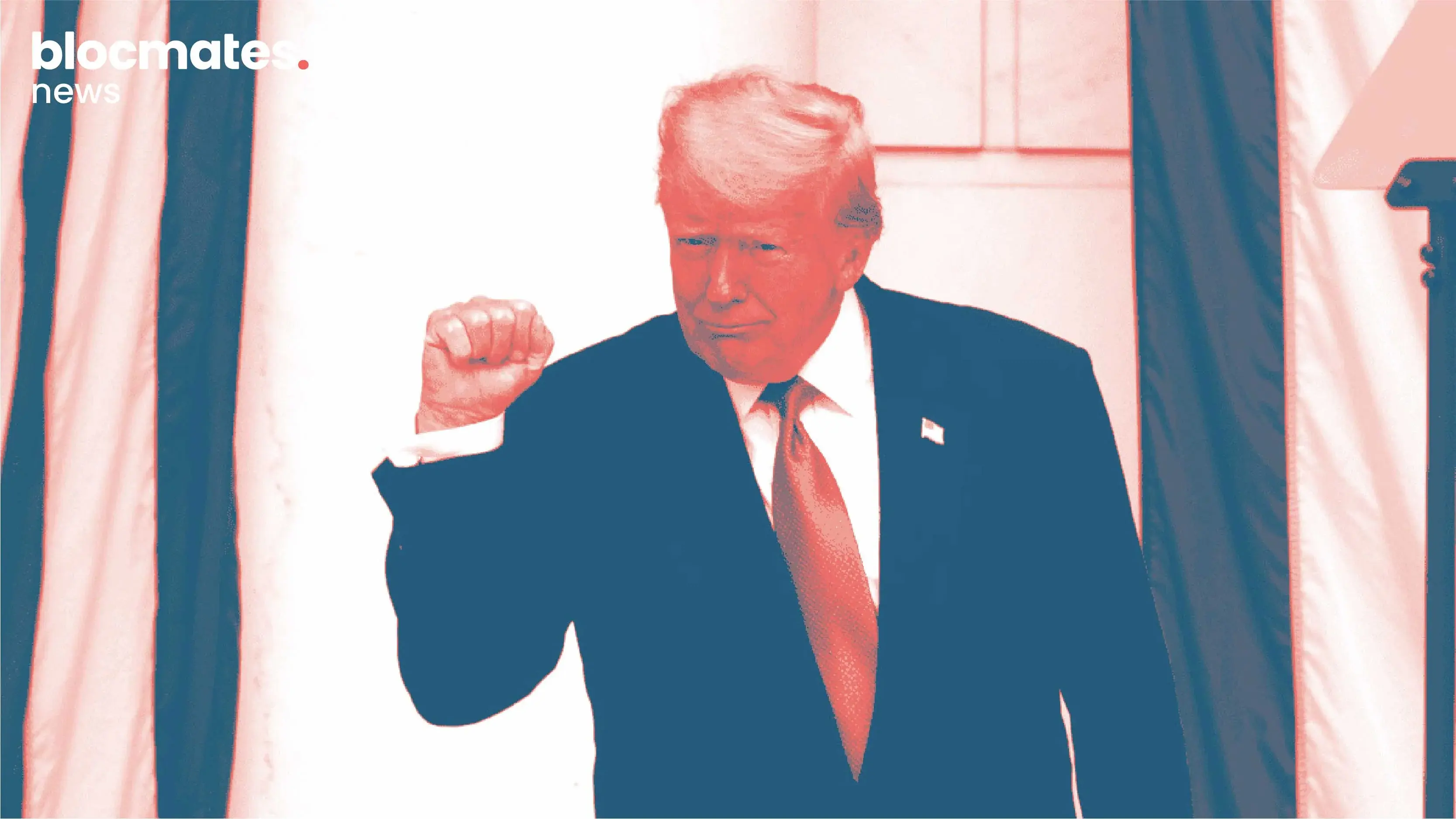


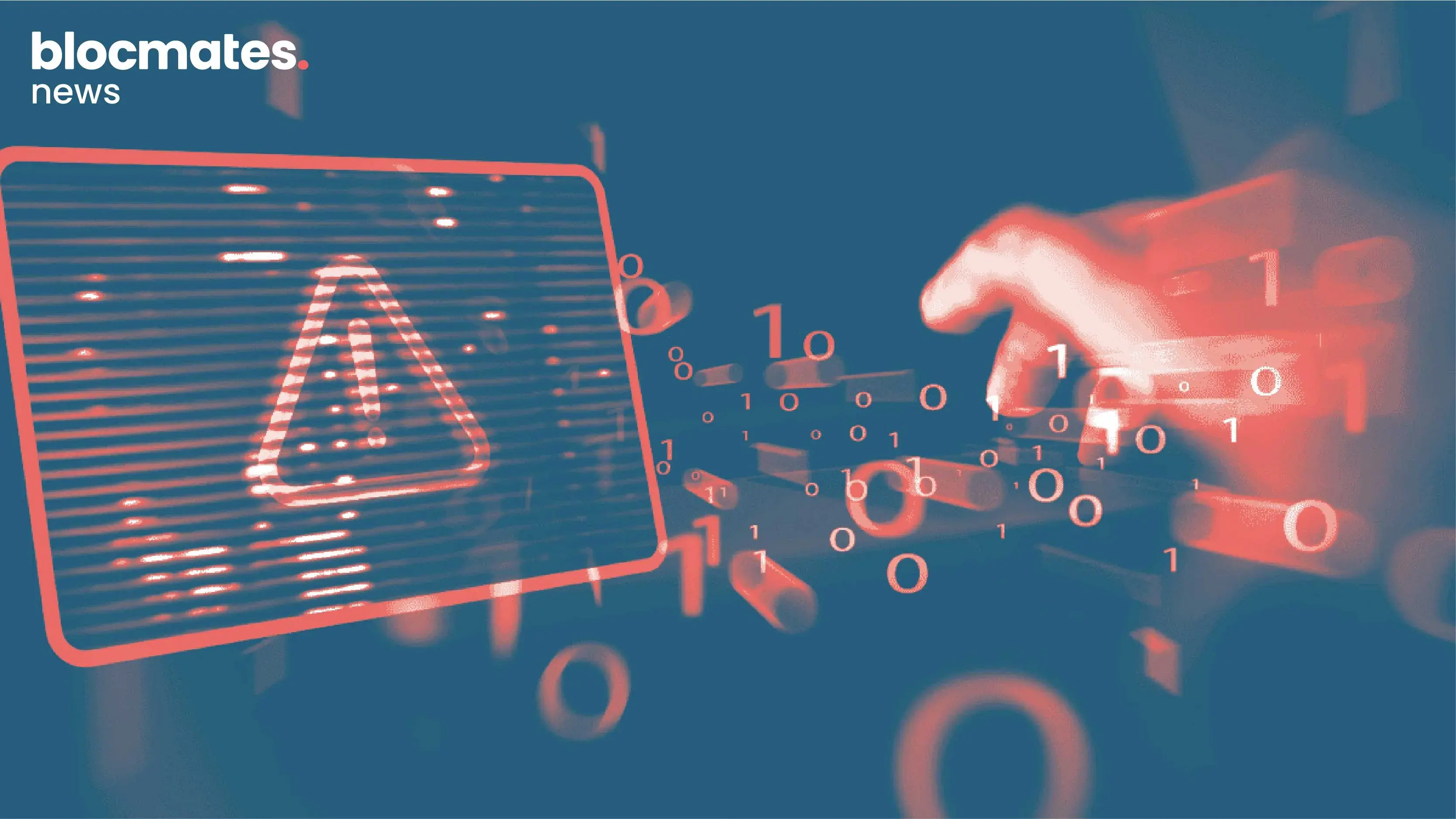

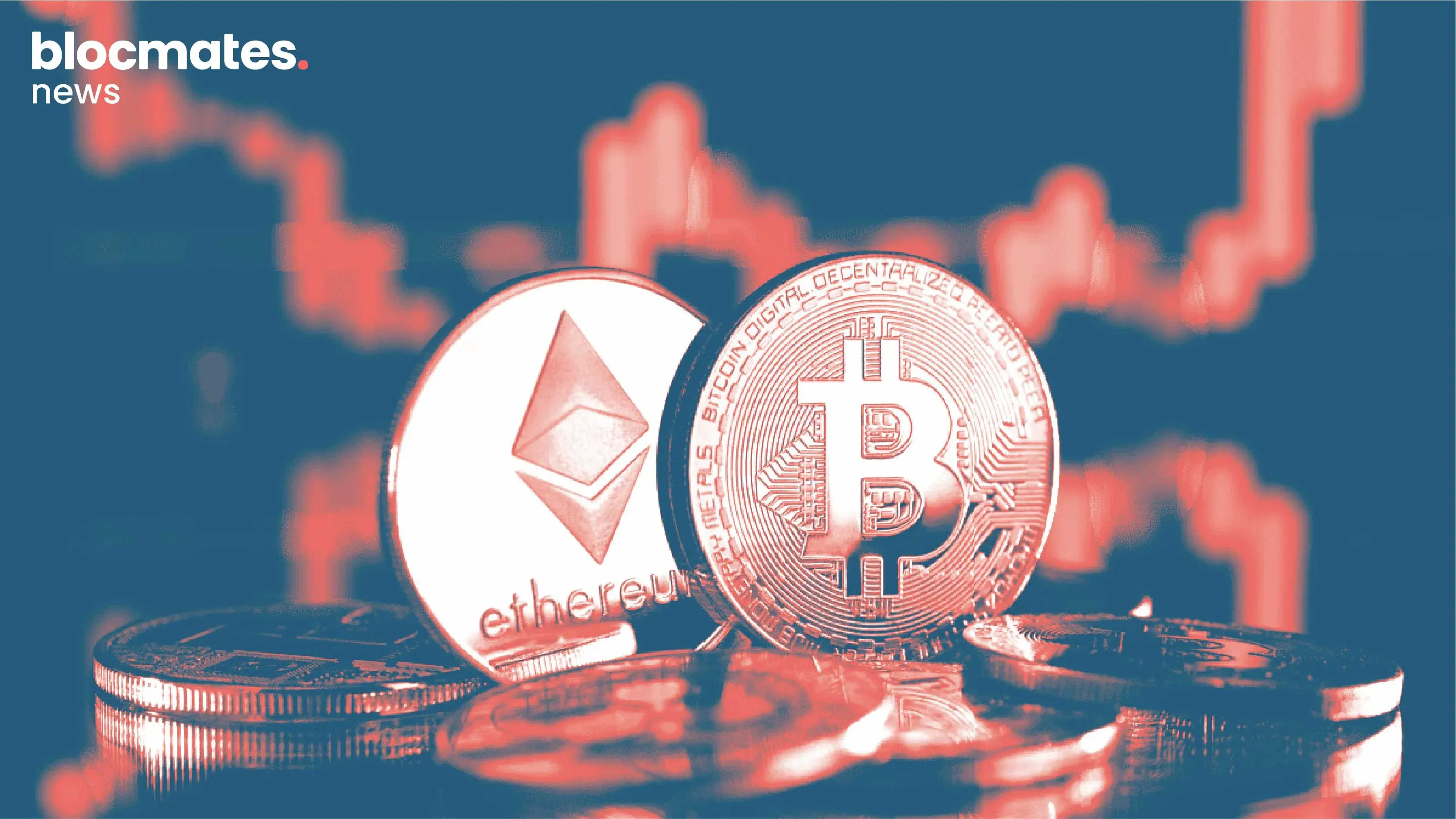

.webp)
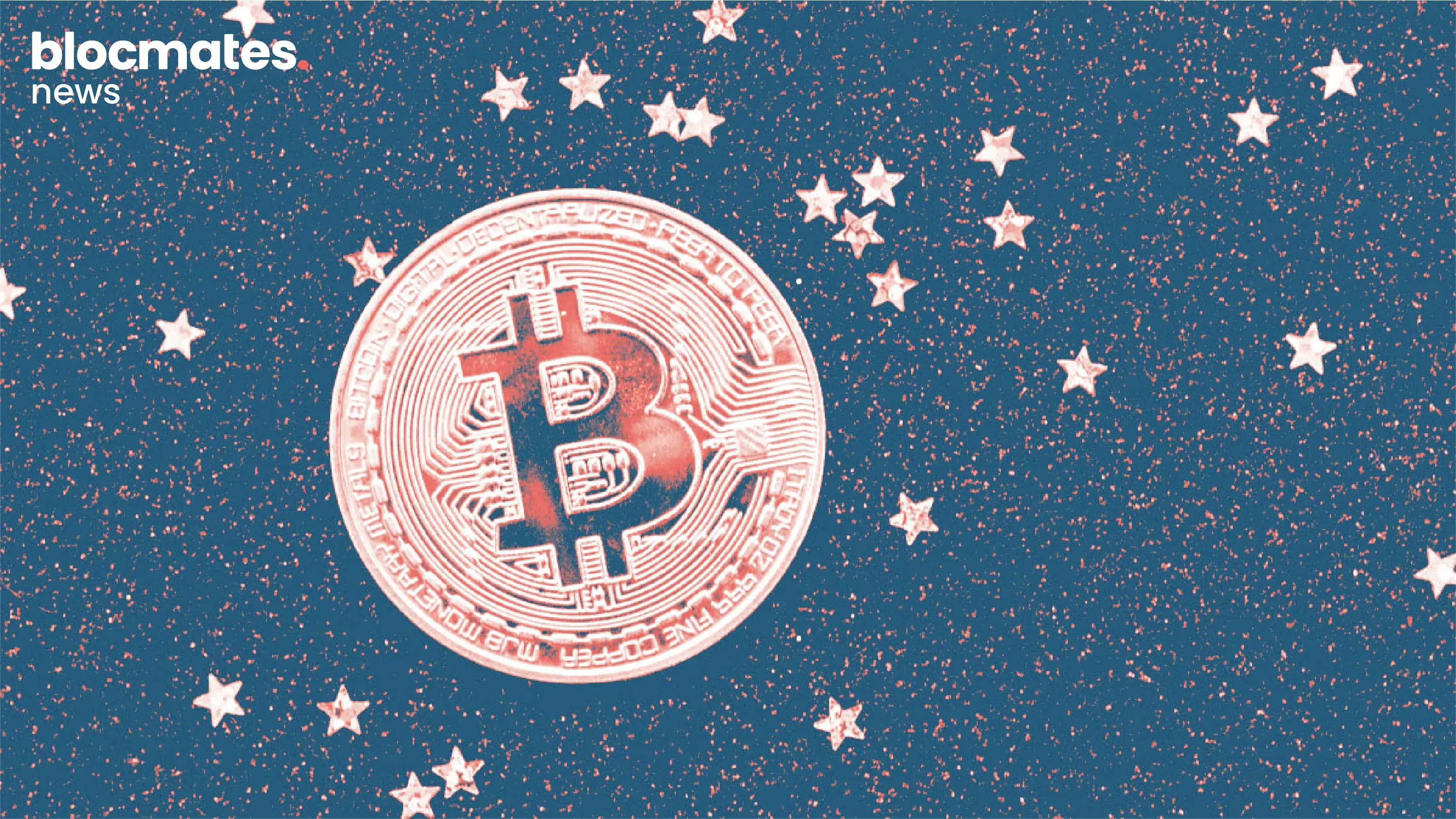

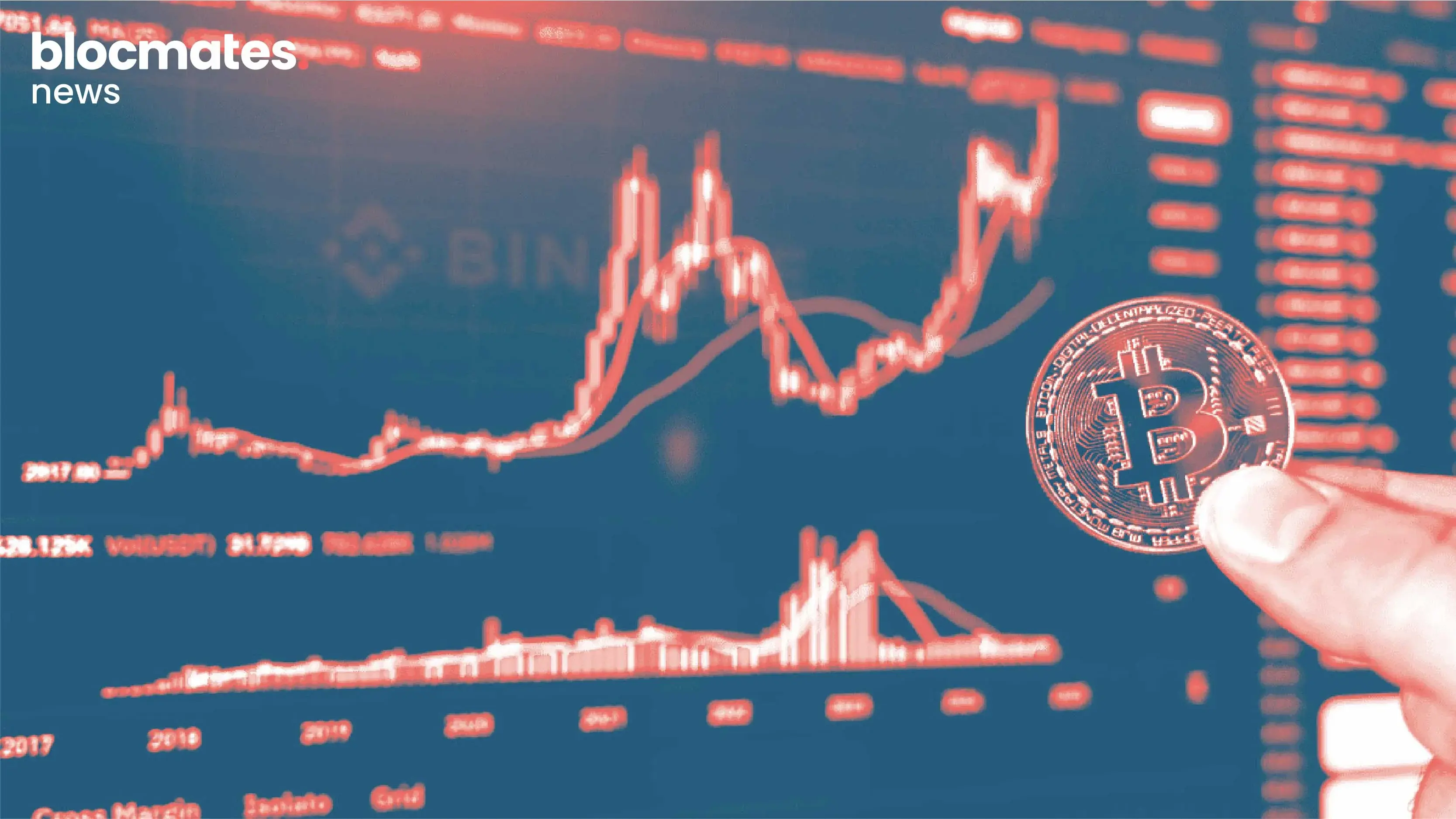




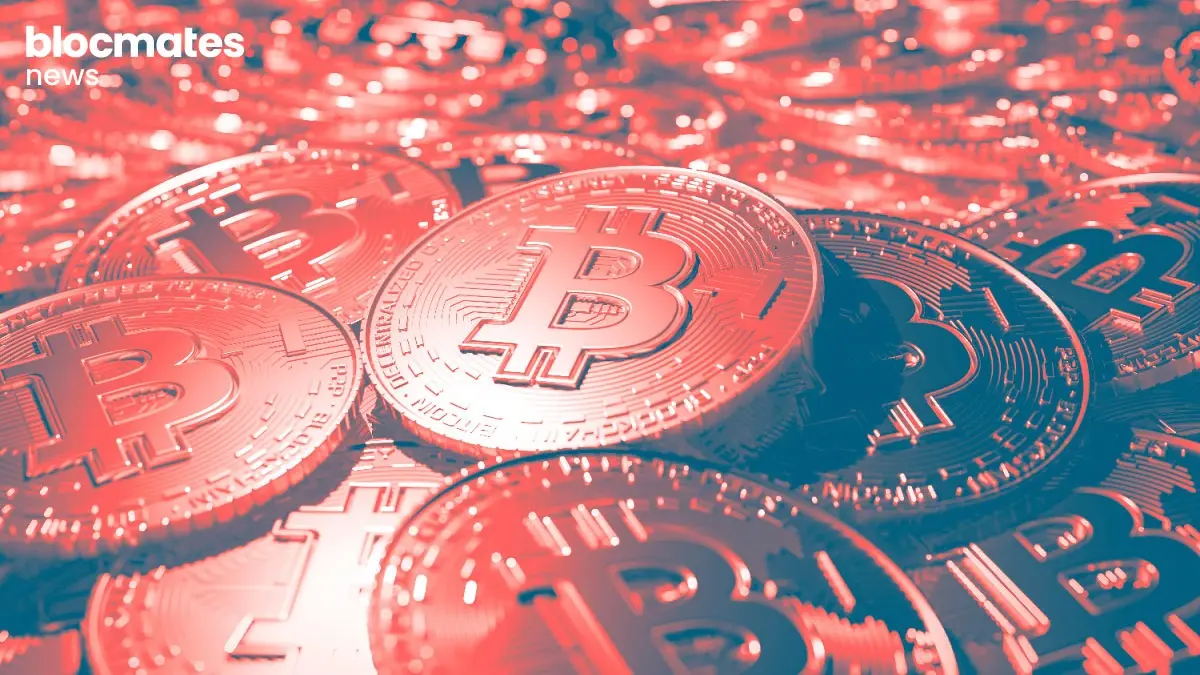













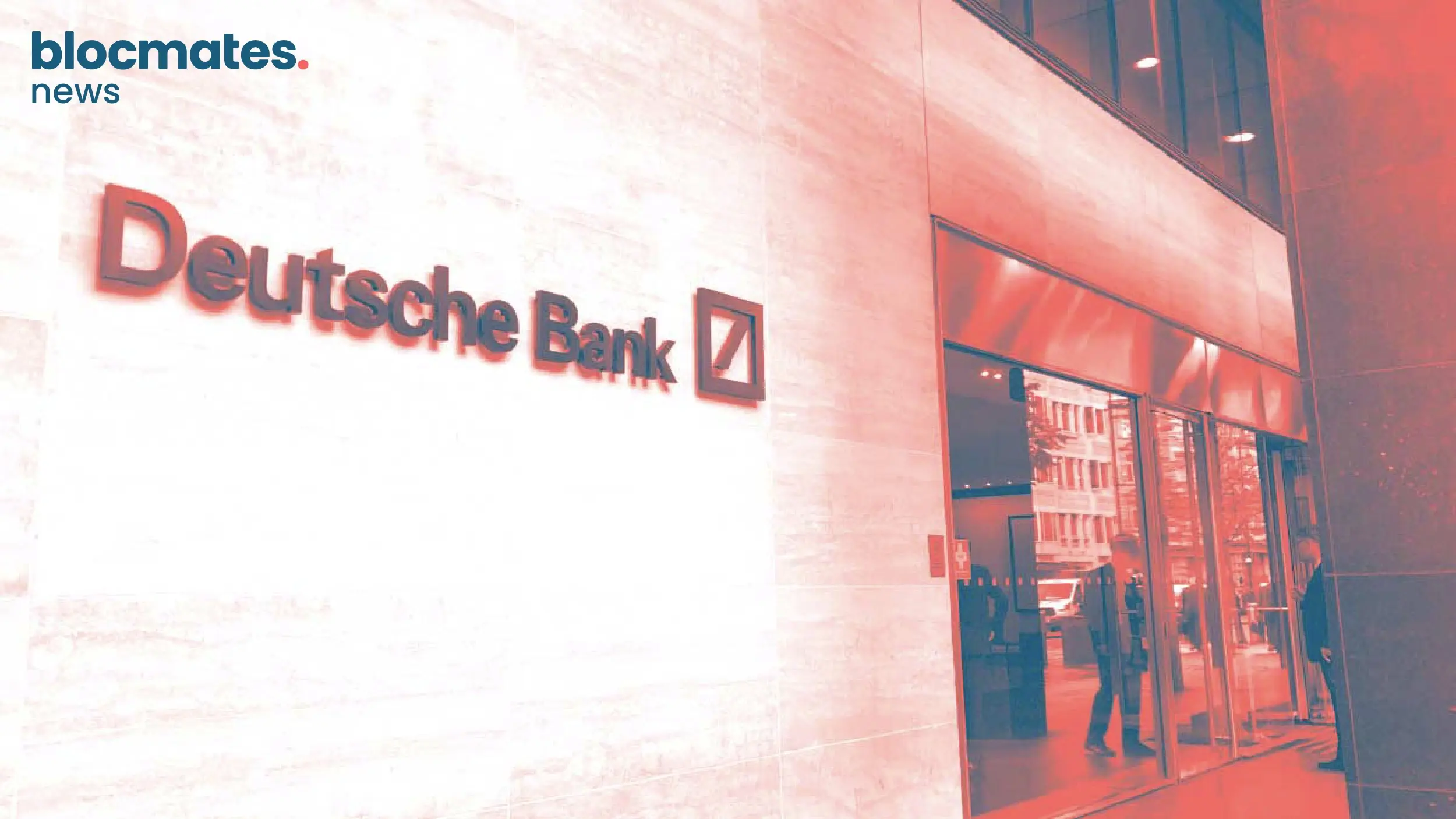

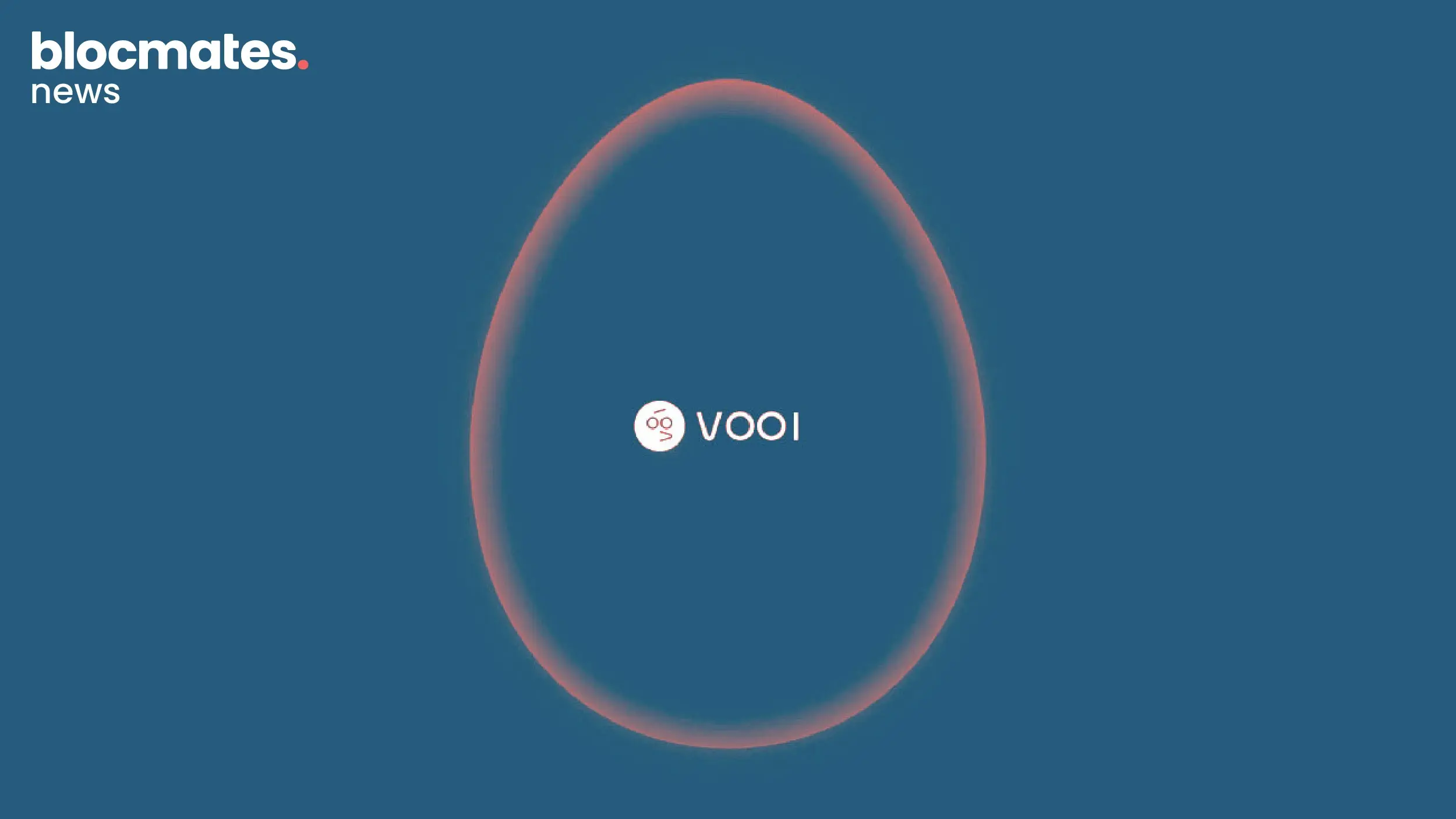
.webp)


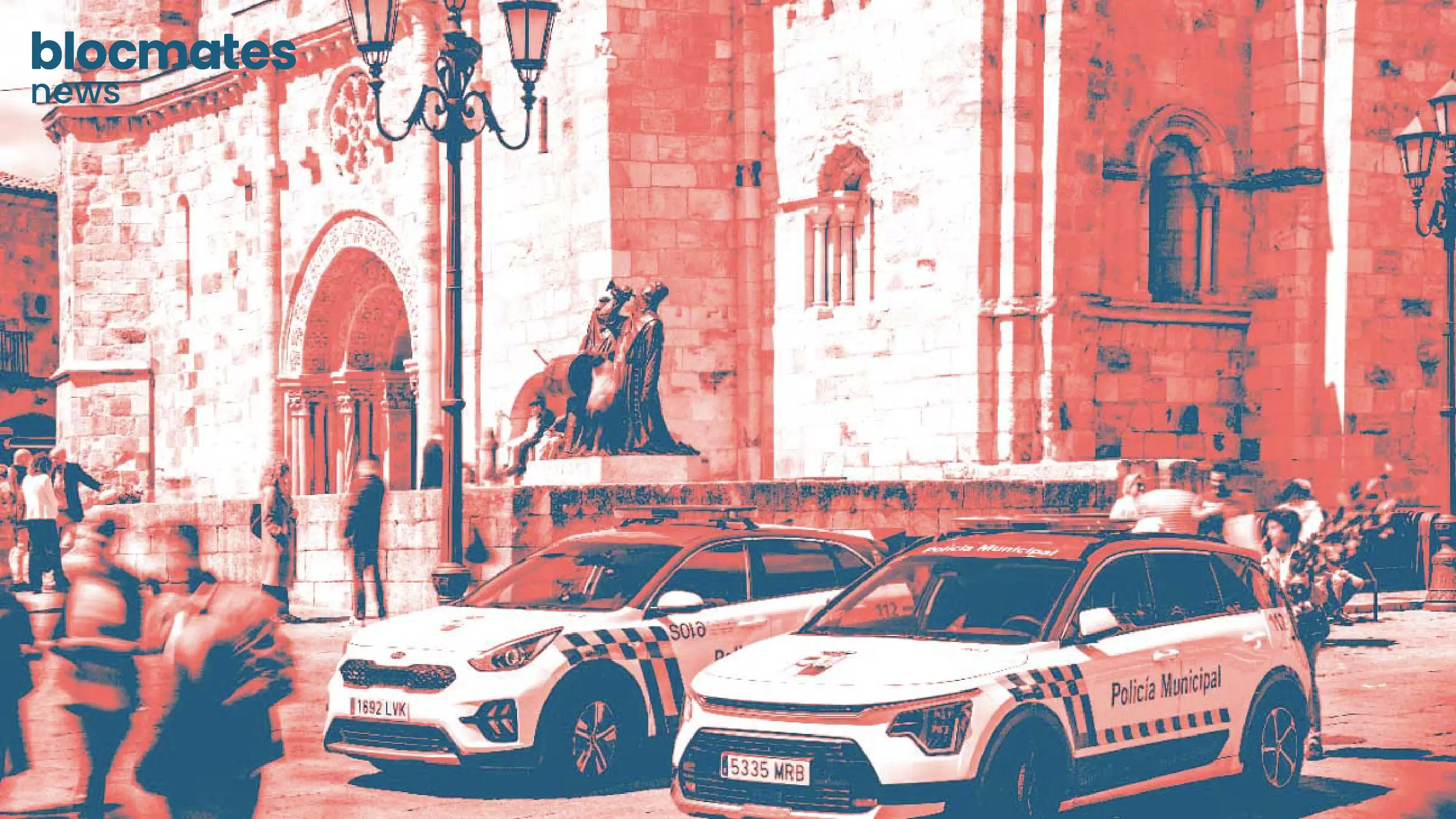



.webp)
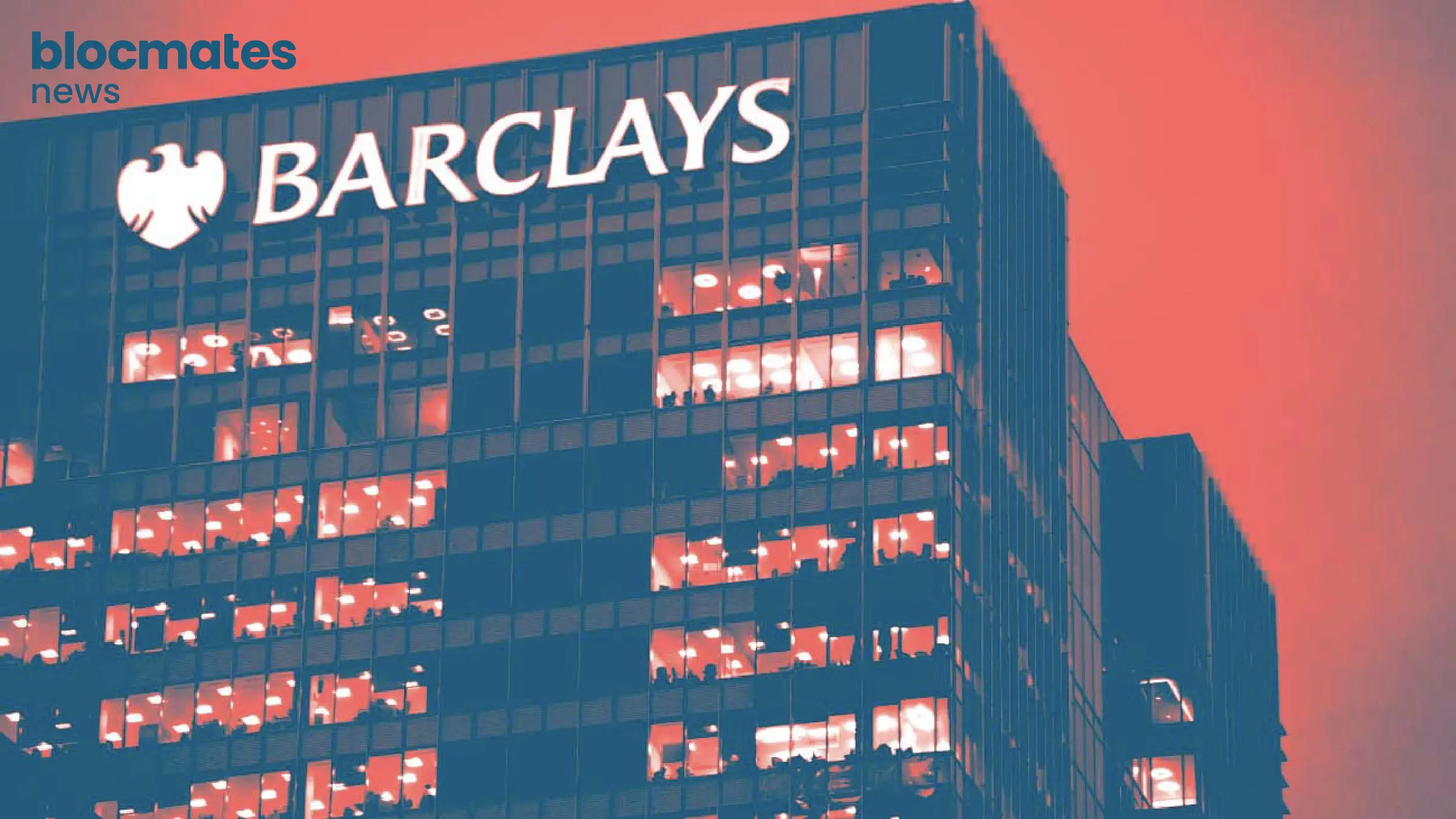


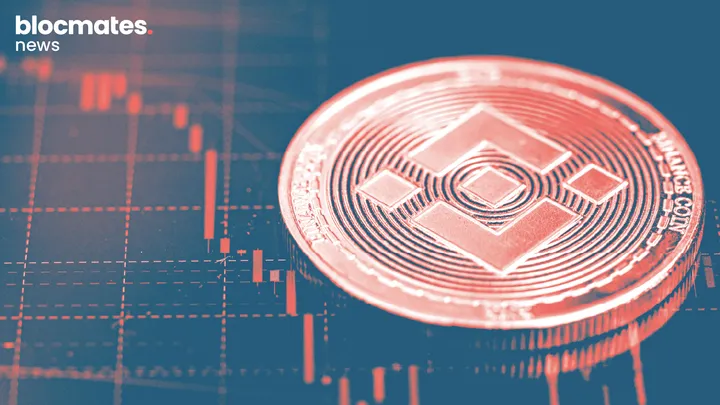
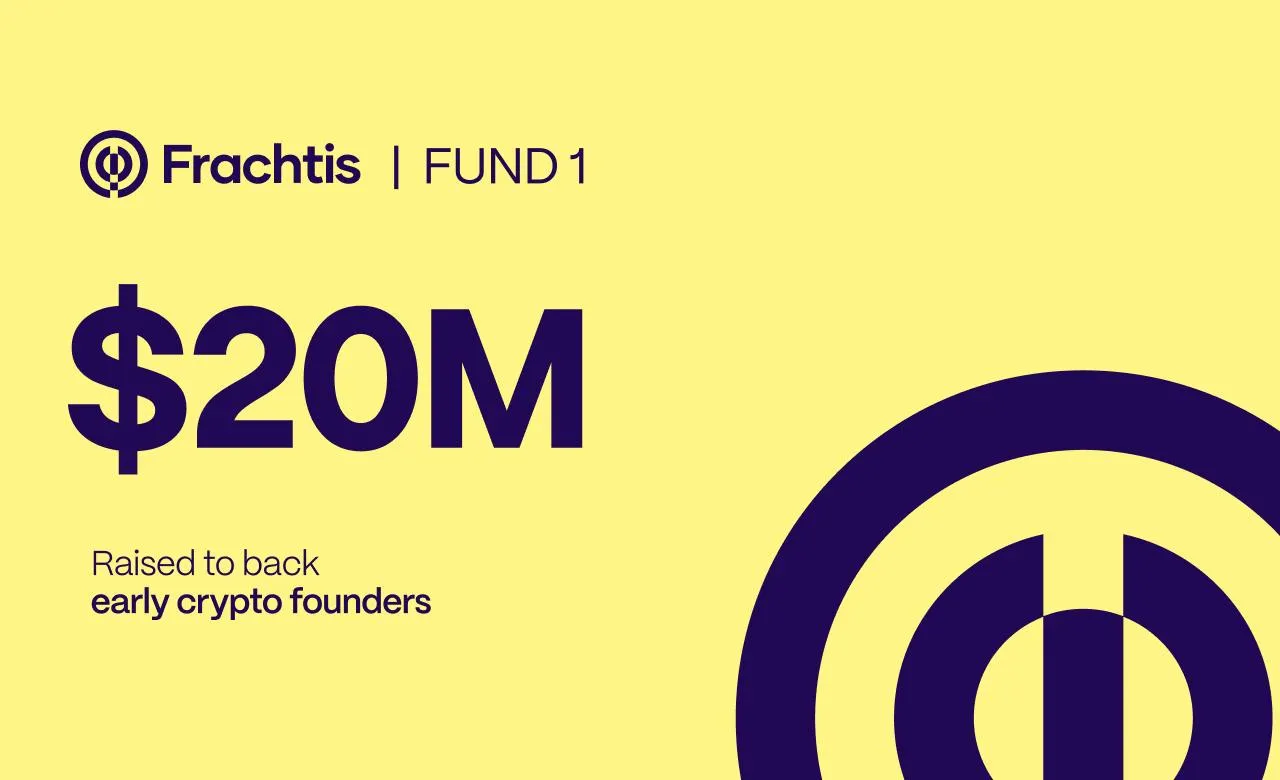




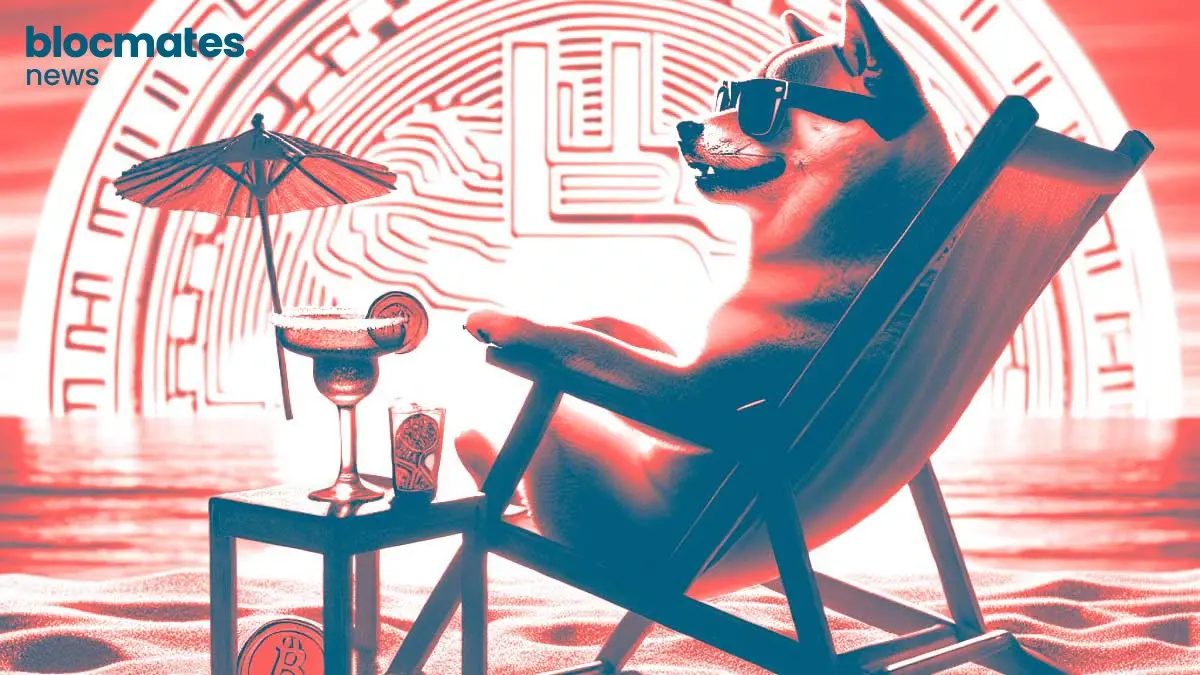
.webp)



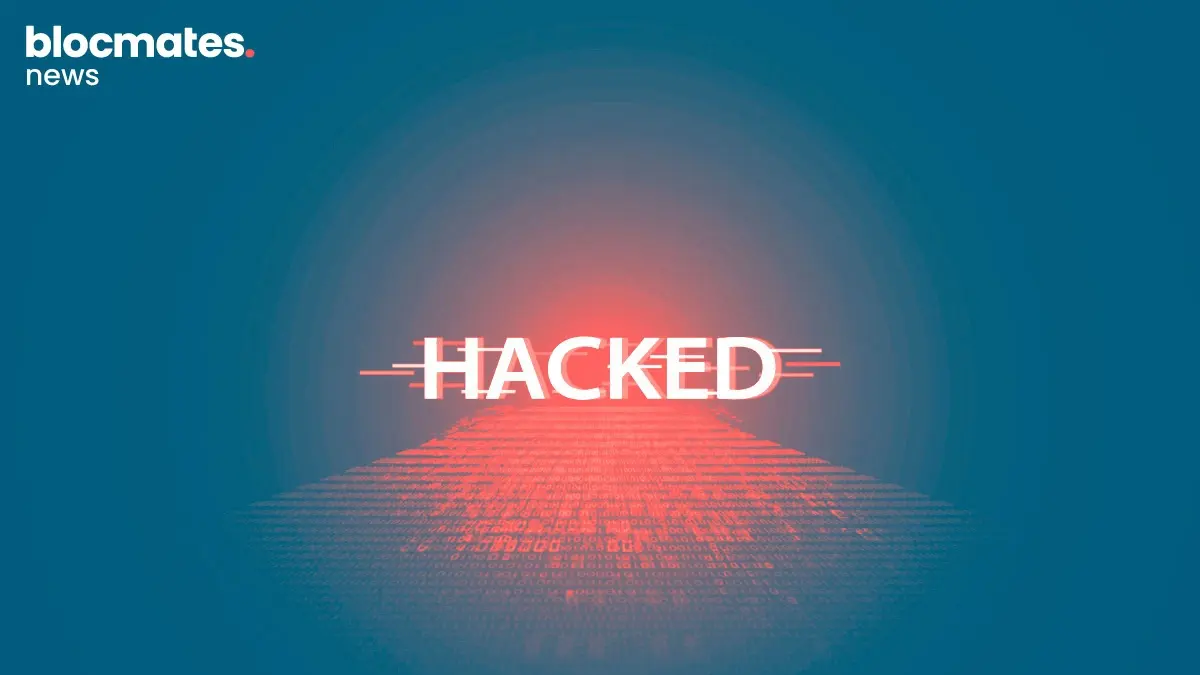





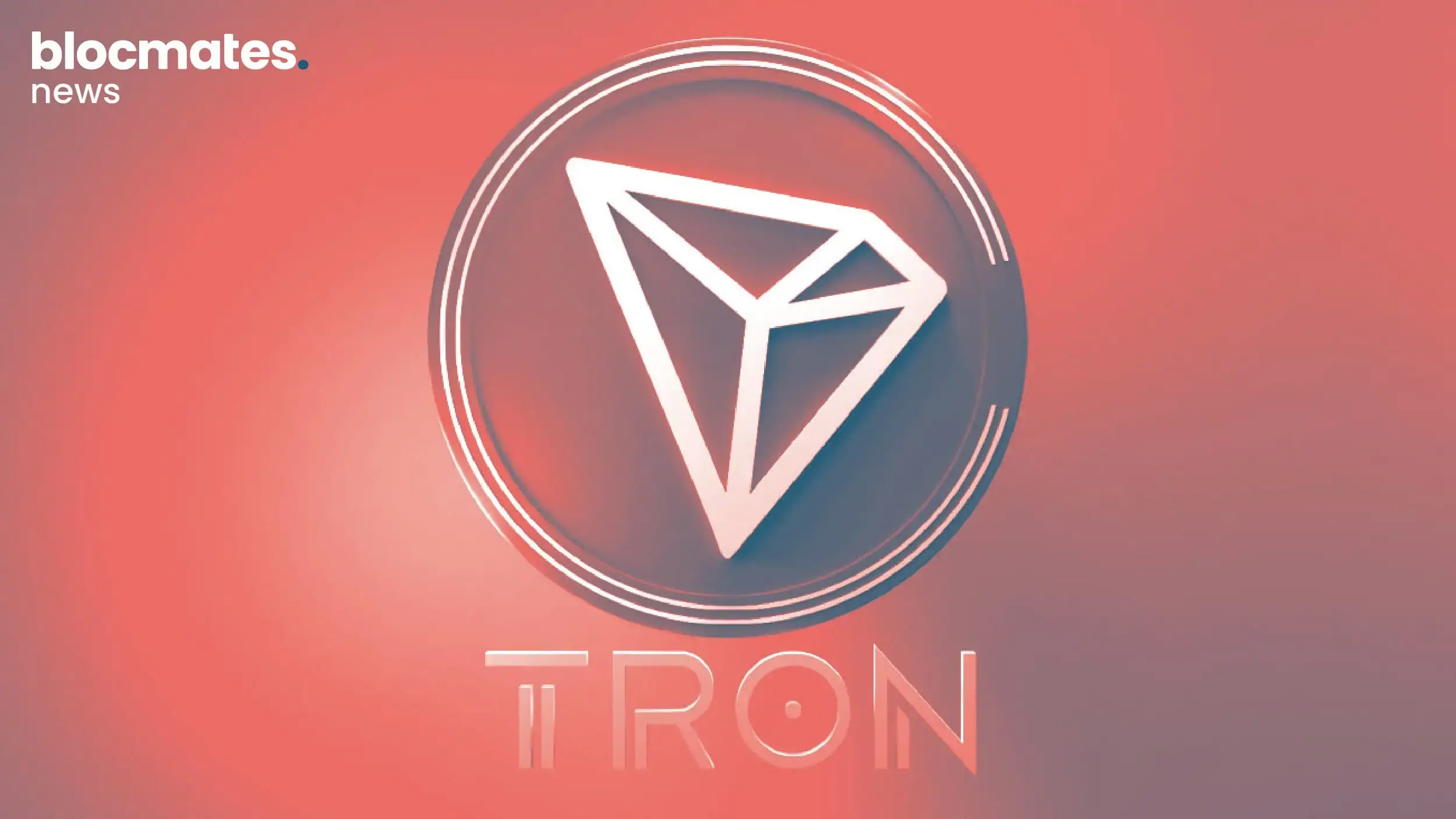
.webp)
.webp)
.webp)
.webp)
.webp)
.webp)

.webp)









.webp)
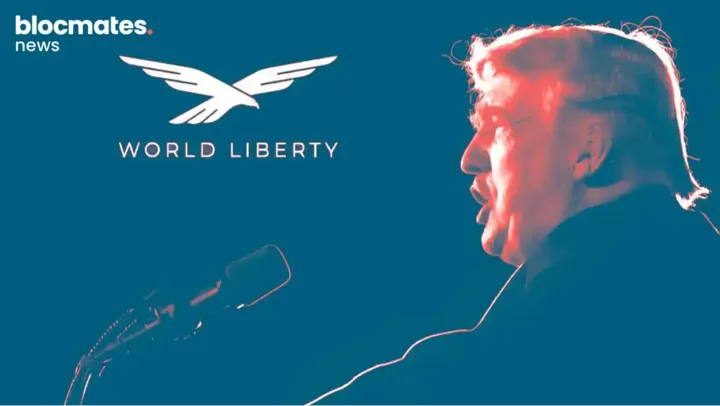
.webp)
.webp)
.webp)
